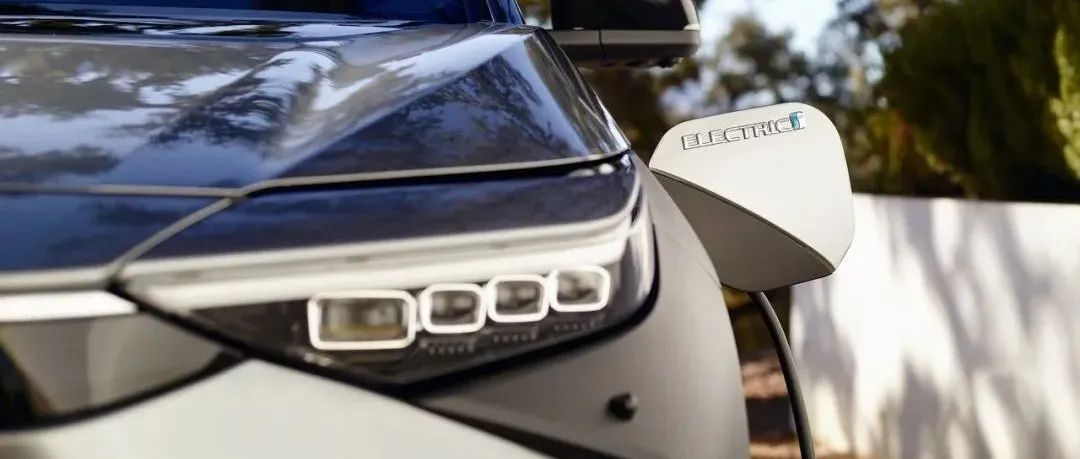Author: Koumikoumikoumi
If there is one area in the Chinese automotive market that has relatively leading position, it is likely to be in the field of electric vehicles. According to sales data released by the China Association of Automobile Manufacturers, the monthly sales of new energy vehicles have generally increased more than twice that of the same period last year. In August, sales of new energy vehicles reached 250,000 units, and in September, it reached 334,000 units.
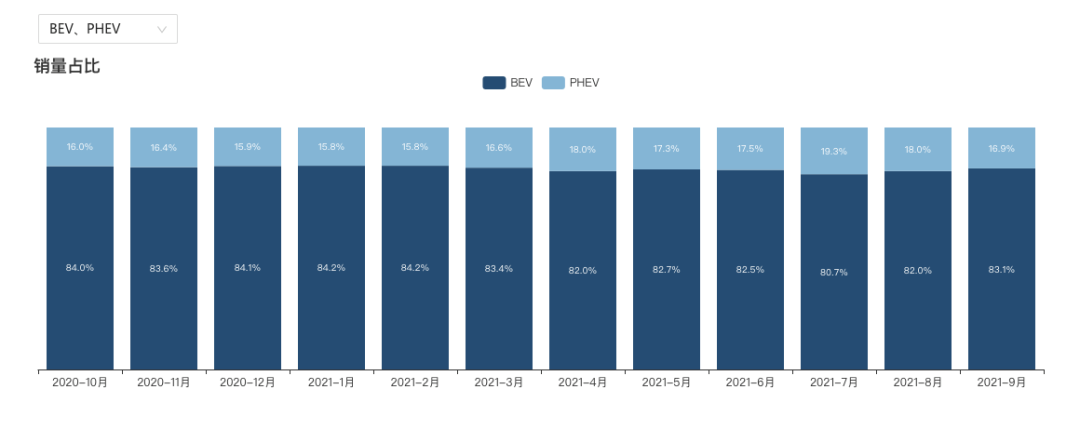
Among the hundreds of thousands of new energy vehicles sold, pure electric vehicles account for more than 80%. By simple calculation, the sales of pure electric vehicles in the first nine months of this year have exceeded 1.5 million units. Moreover, the acceptance of electric vehicles by domestic consumers is also increasingly high. It can be foreseen that the sales of domestic electric vehicles will continue to grow.
More importantly, the domestic market is not closed. Whether it is a domestic brand or a foreign brand, as long as it can launch products that consumers like, it can earn its own “nth bucket of gold” in the domestic market. In addition, the domestic emission regulations are becoming more and more stringent, and “zero emissions” pure electric vehicles have naturally become important products for reducing brand emission pressure.

Therefore, those brands that are relatively backward in the field of new energy are also a little impatient. Volkswagen quickly introduced ID. series models in China after launching overseas. Honda also held an electrification strategy conference in China and released a new pure electric vehicle brand “e:N”. General Motors also introduced the third-generation pure electric platform Ultium to the Chinese market.
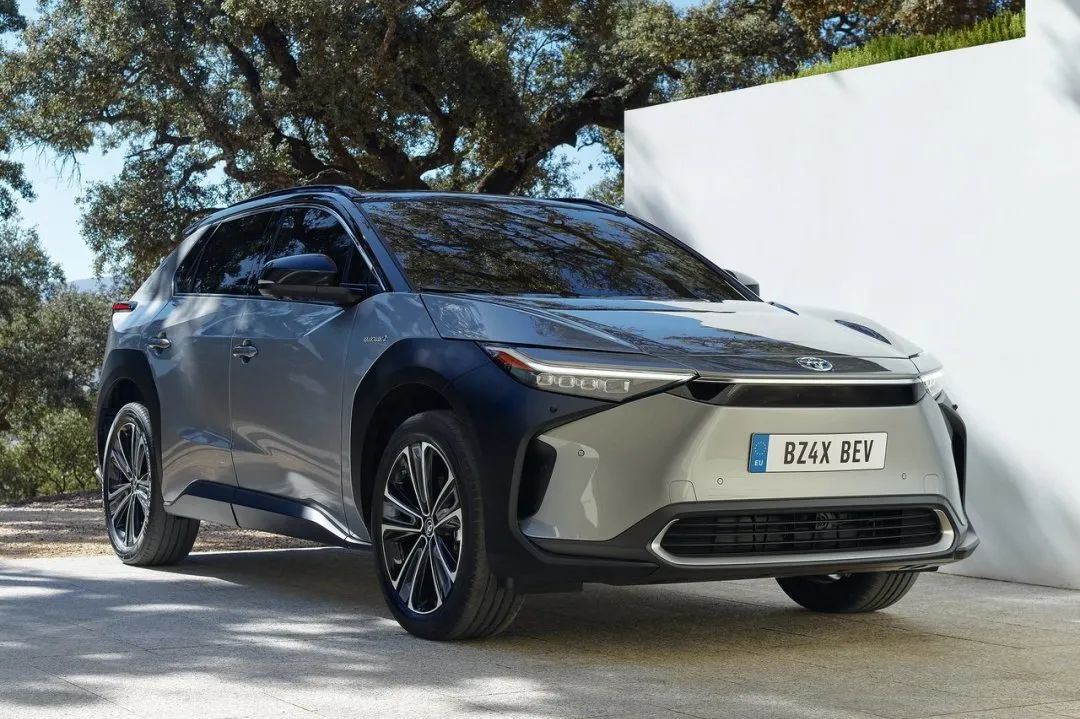
Wait, did we forget a brand? What about Toyota? Don’t worry, Toyota is also well prepared. At the Shanghai Auto Show in April this year, Toyota released the bZ4X CONCEPT concept car, which is based on the e-TNGA pure electric exclusive platform and is not simply “oil to electric”. In addition, it also divides the design from its own fuel vehicles, and the steering wheel is designed to be like an airplane rudder, making this car look quite “rebellious” and tempting.
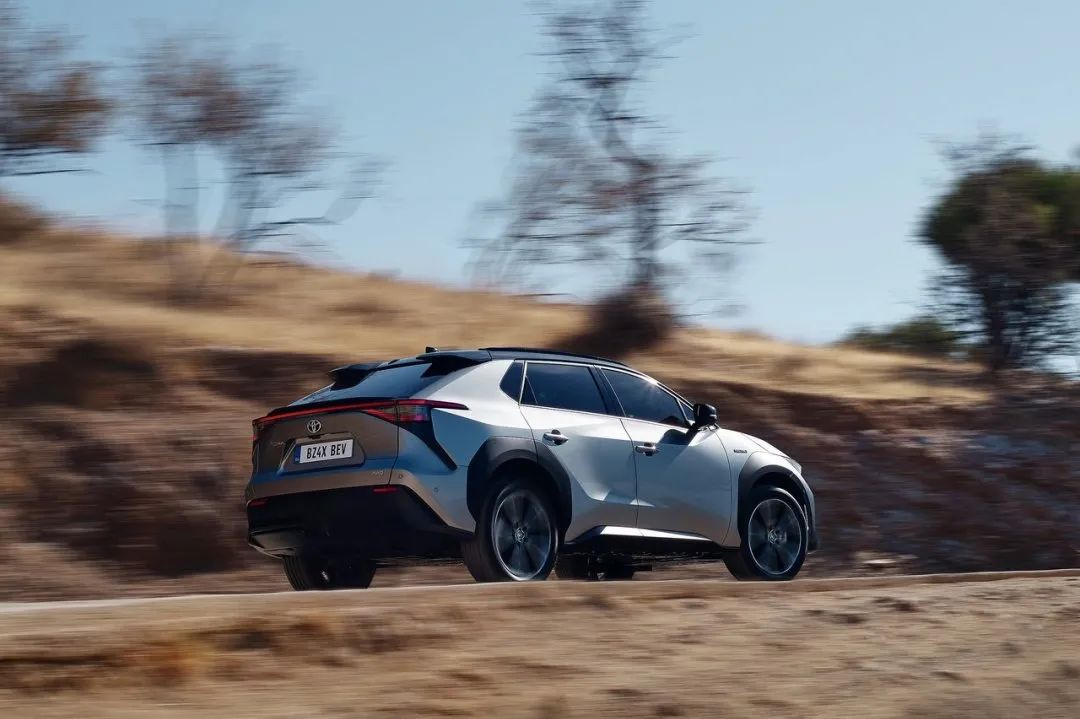
A few days ago, Toyota officially released the bZ4X. Although it no longer has the CPNCEPT suffix, this car looks more like a direct production of the concept car.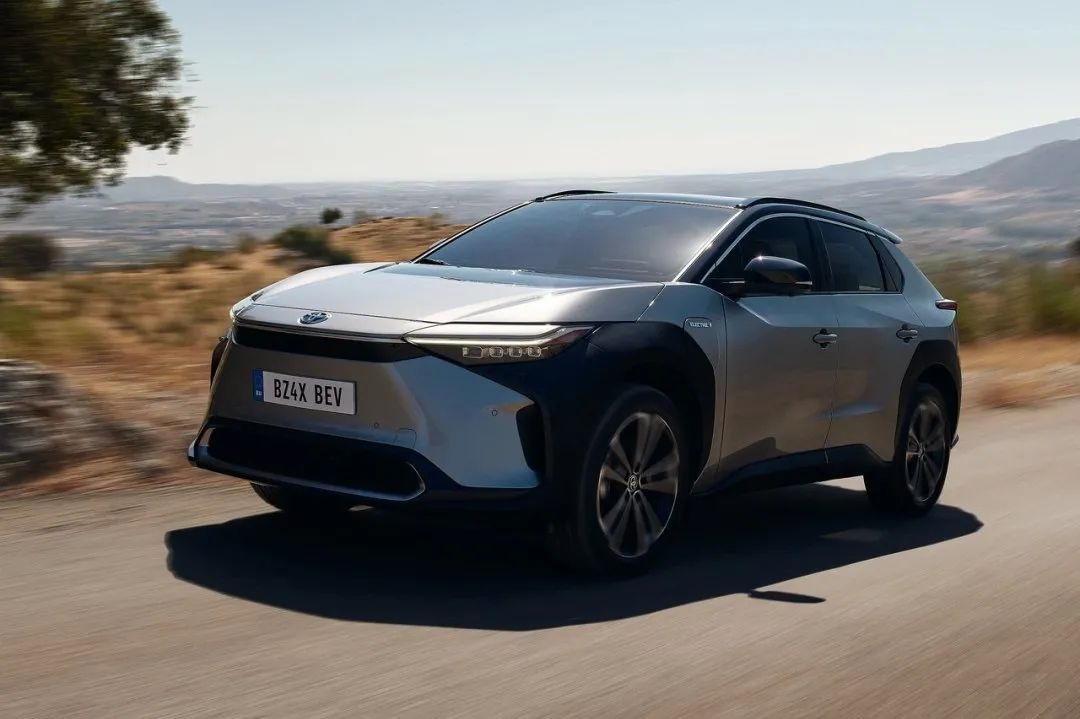
bZ4X is the first model of Toyota’s bZ series, which stands for “beyond Zero” and can be simply translated as “beyond zero emissions”. In terms of appearance, the bZ4X looks quite unique, with a strong line that departs from Toyota’s previous style. The enclosed front face has a forward protruding shape, and the front headlights are integrated with the front bumper, hood, and fenders.
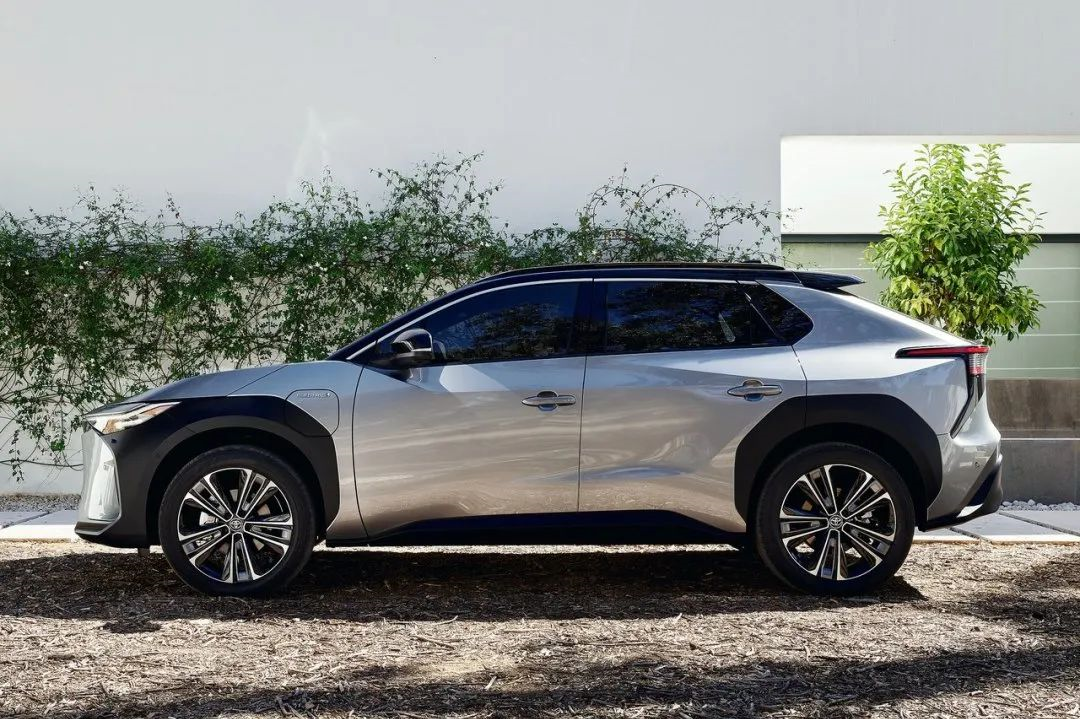
For SUV models, appropriate black matte plastic cladding can enhance the appearance, but the plastic cladding on the bZ4X is a bit exaggerated. The plastic cladding on the front and rear wheel arches is larger than the common SUV models on the market, and even occupies part of the fender area. Additionally, it can also be seen from the side that the position of the lower edge of the windows of the new car is higher, which is also relatively rare in Toyota models.
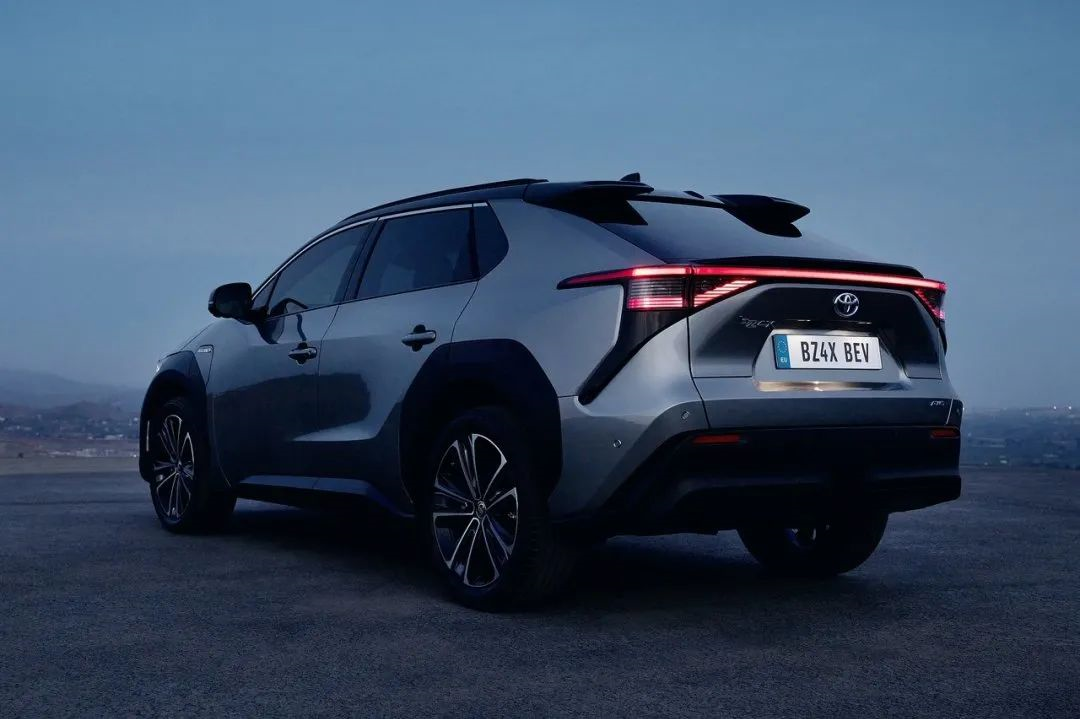
As for the through-type tail lights, they are now very common. However, the tail light design on the bZ4X is also somewhat exaggerated, with two lines extending backward along the fenders and C-pillars in addition to the main structure. However, when lit, the lower part of the light does not illuminate, making it appear less refined.
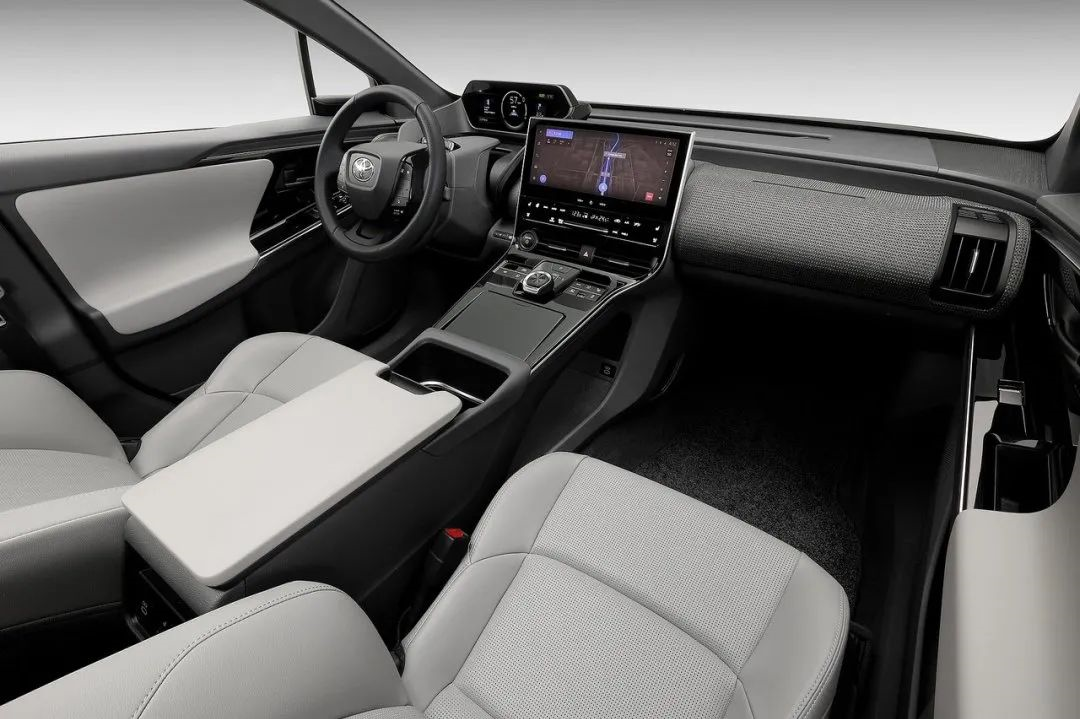
As mentioned earlier, the reason why the bZ4X looks like a concept car put into mass production is due to its interior. The interior of the new car is identical to that of the concept car, with both the full LCD instrument cluster that can be adjusted upward and forward, and the center console covered in cloth in front of the co-pilot appearing on the concept car. The overall style is not much different.
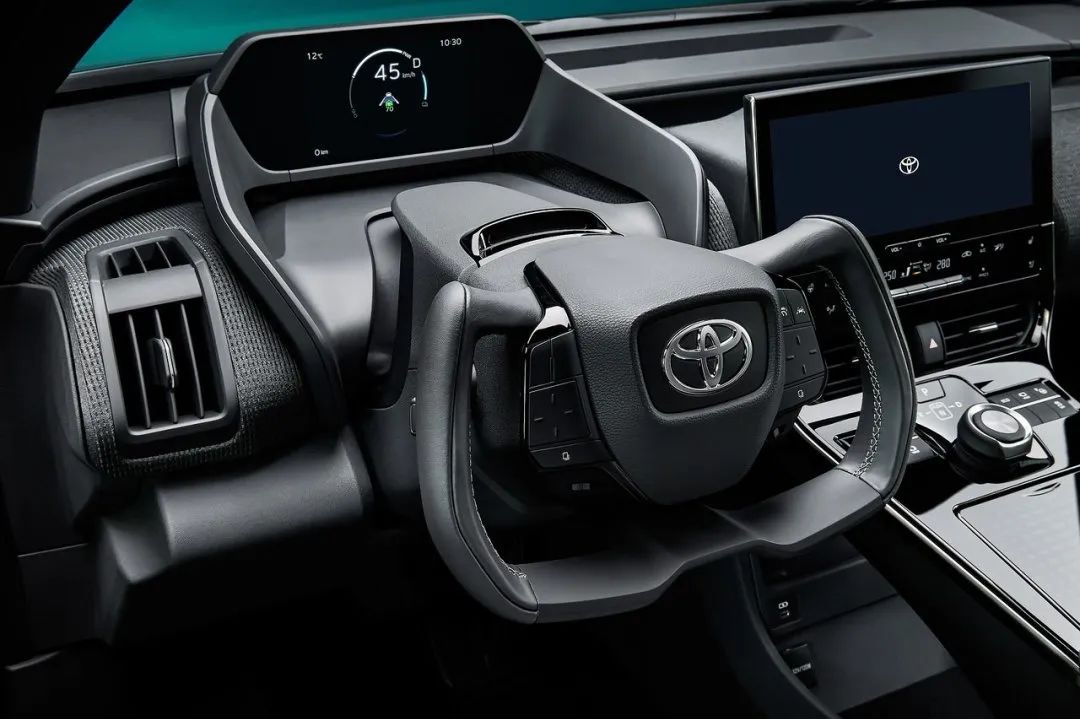
What is different is that in addition to the unique-shaped steering wheel, the bZ4X also offers a normal style steering wheel, giving consumers who may not be accustomed to using a unique-shaped steering wheel another option. Of course, if this car successfully enters the domestic market, both types of steering wheels are expected to be retained.
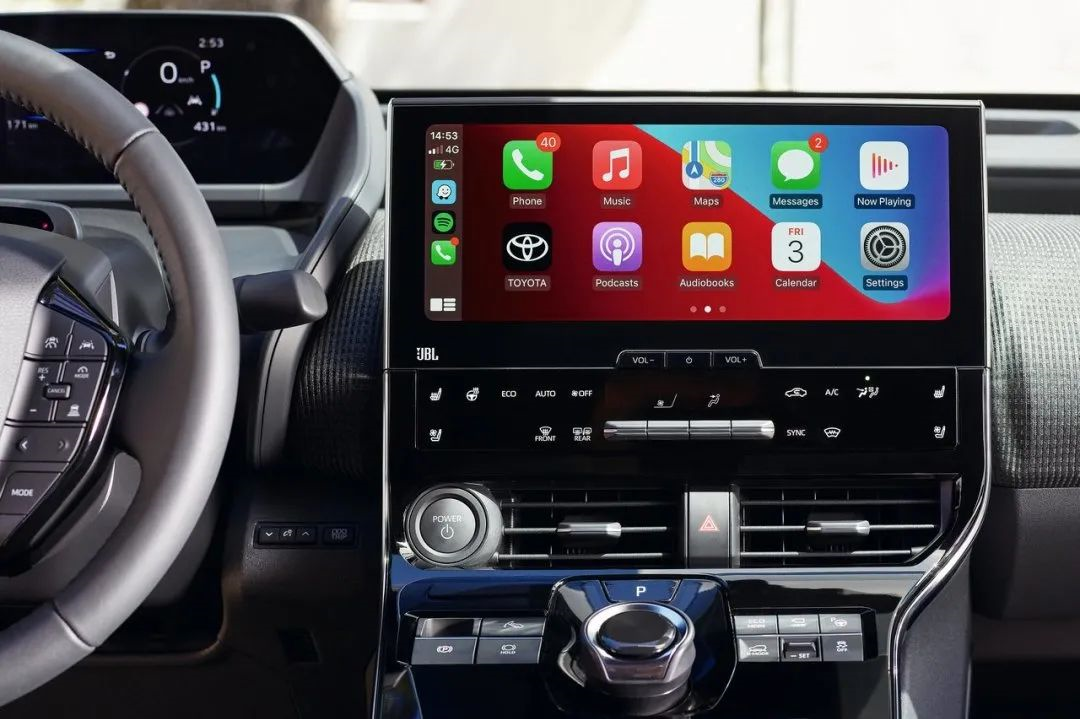 The number of physical buttons on the center console has been reduced, with some functions controlled by touch buttons, making it more convenient for front-seat passengers to operate related functions. The position of the central control screen is also relatively high, making it easy for the driver to view information.
The number of physical buttons on the center console has been reduced, with some functions controlled by touch buttons, making it more convenient for front-seat passengers to operate related functions. The position of the central control screen is also relatively high, making it easy for the driver to view information.
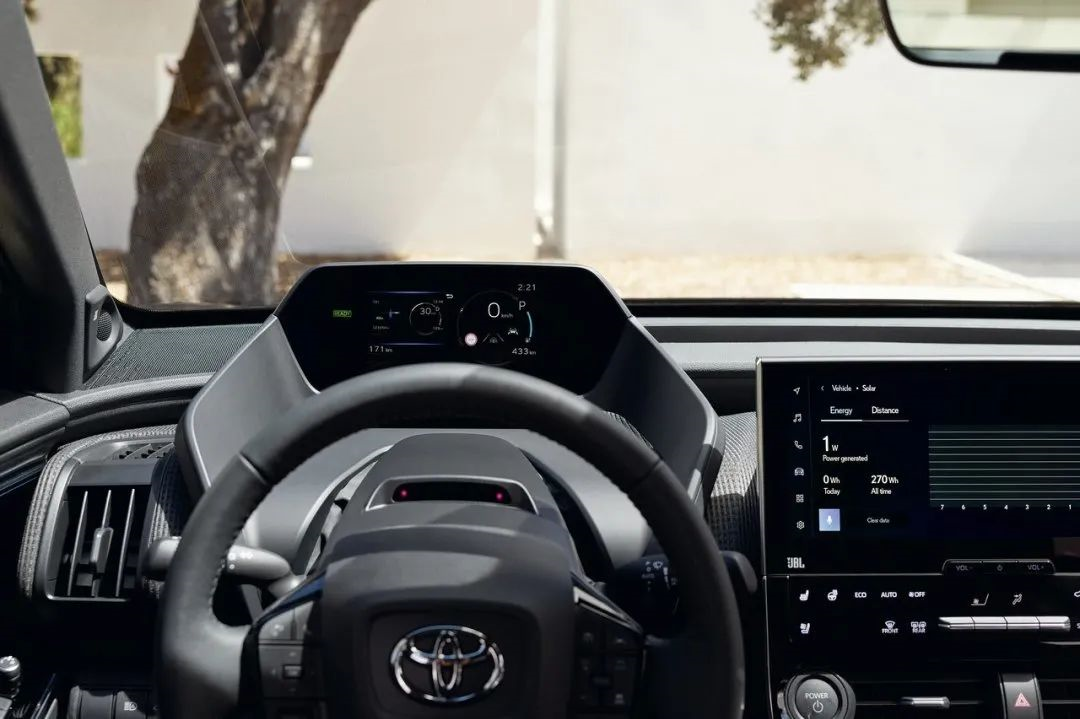
On the bZ4X, Toyota provides a steer-by-wire system that eliminates the mechanical linkage between the steering wheel and the wheels, replacing it with electronic control under normal conditions. This system was previously available on Infiniti models and theoretically has a higher calibration limit and can exhibit different styles depending on the driving mode.
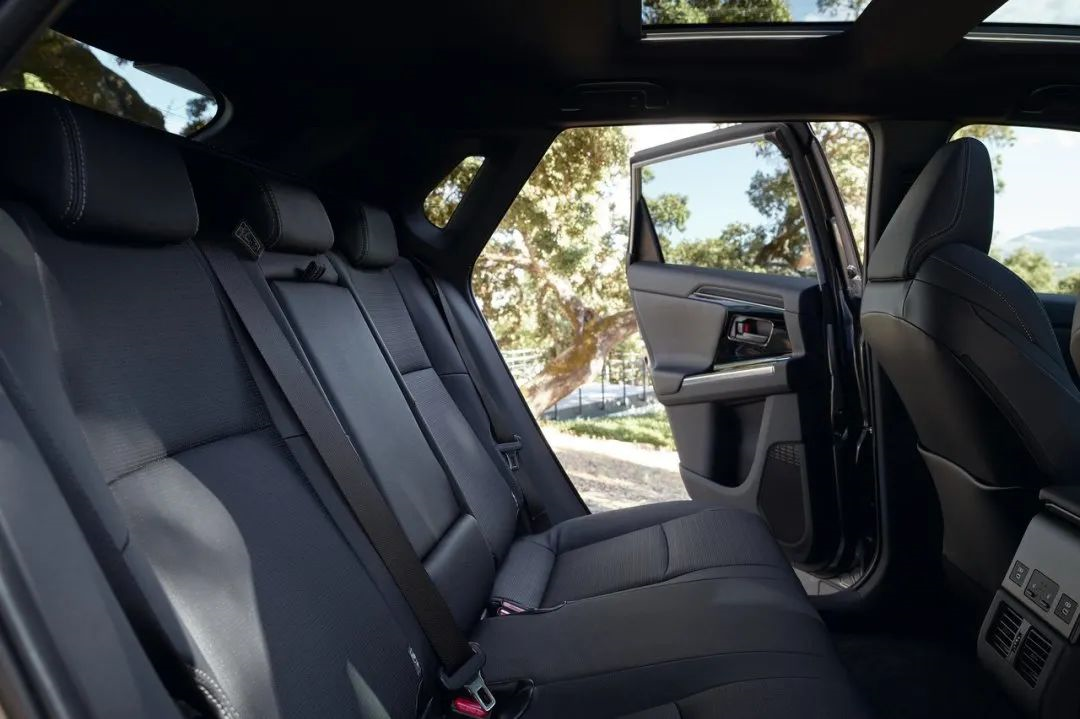
Among similar models, the volume occupied by the driving components related to electric vehicles is slightly smaller than that of gasoline vehicles, theoretically making it easier to create more space inside the car for electric vehicles. The length, width, and height of the bZ4X are 4690/1860/1515 mm, with a wheelbase of 2850 mm. For reference, the RAV4 is 4600/1855/1680 mm in length, width, and height, and has a wheelbase of 2690 mm. The distance between the hip points of the front and rear passengers in the bZ4X is 1000 mm, and the rear space is relatively spacious.
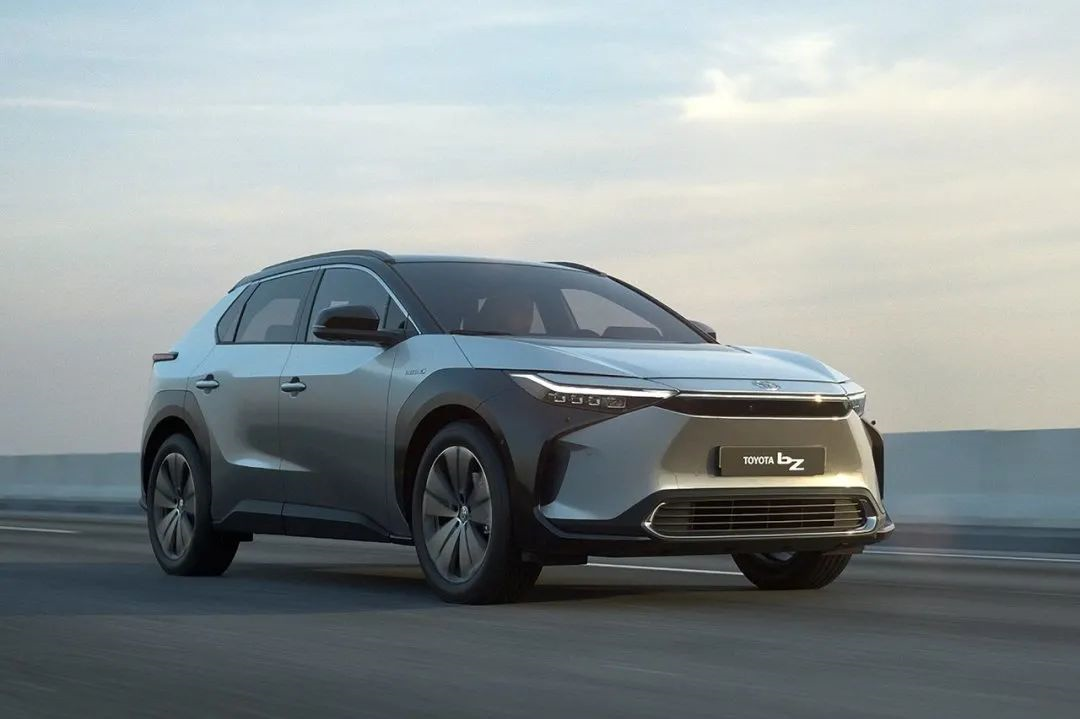
As mentioned earlier, the bZ4X is based on the e-TNGA platform, which can be flexibly applied to subsequent bZ models. The battery pack is integrated with the chassis, becoming a part of the chassis, which can lower the vehicle’s center of gravity, improve its rigidity and help the vehicle achieve an ideal front-to-rear weight distribution.

Regarding the powertrain, the bZ4X provides options for front-wheel drive and all-wheel drive models. The front-wheel drive model is powered by a single motor with a maximum power of 150 kW and a maximum torque of 265 N·m, with an acceleration time from 0 to 100 km/h of 8.4 seconds. The maximum power of the all-wheel drive model is about 160 kW, and the maximum torque is increased to 336 N·m, with an acceleration time from 0 to 100 km/h reduced to 7.7 seconds. Of course, these data are not yet final and may change when the bZ4X is officially released.
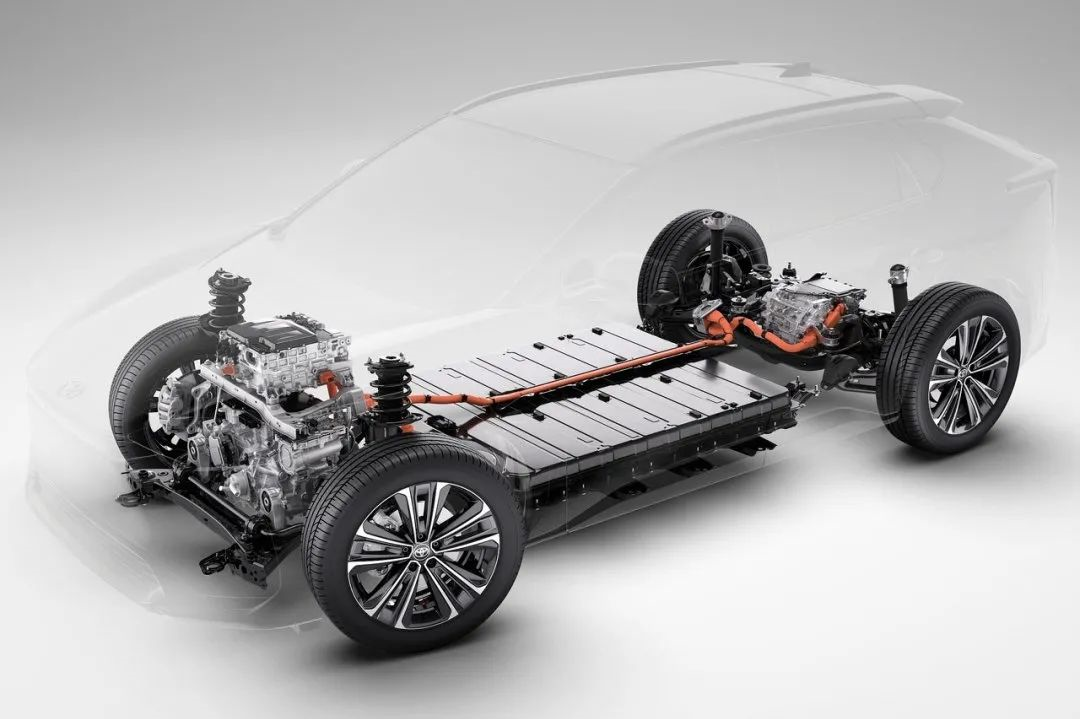 In terms of endurance, the bZ4X is equipped with a 71.4 kWh power battery that can provide a range of over 450 km under the WLTP standard. In order to reduce energy consumption, the bZ4X is also equipped with a heat pump air conditioning system to reduce energy consumption during vehicle heating. With a 150 kW fast charging system, the vehicle can charge 80% of its electricity in about half an hour.
In terms of endurance, the bZ4X is equipped with a 71.4 kWh power battery that can provide a range of over 450 km under the WLTP standard. In order to reduce energy consumption, the bZ4X is also equipped with a heat pump air conditioning system to reduce energy consumption during vehicle heating. With a 150 kW fast charging system, the vehicle can charge 80% of its electricity in about half an hour.
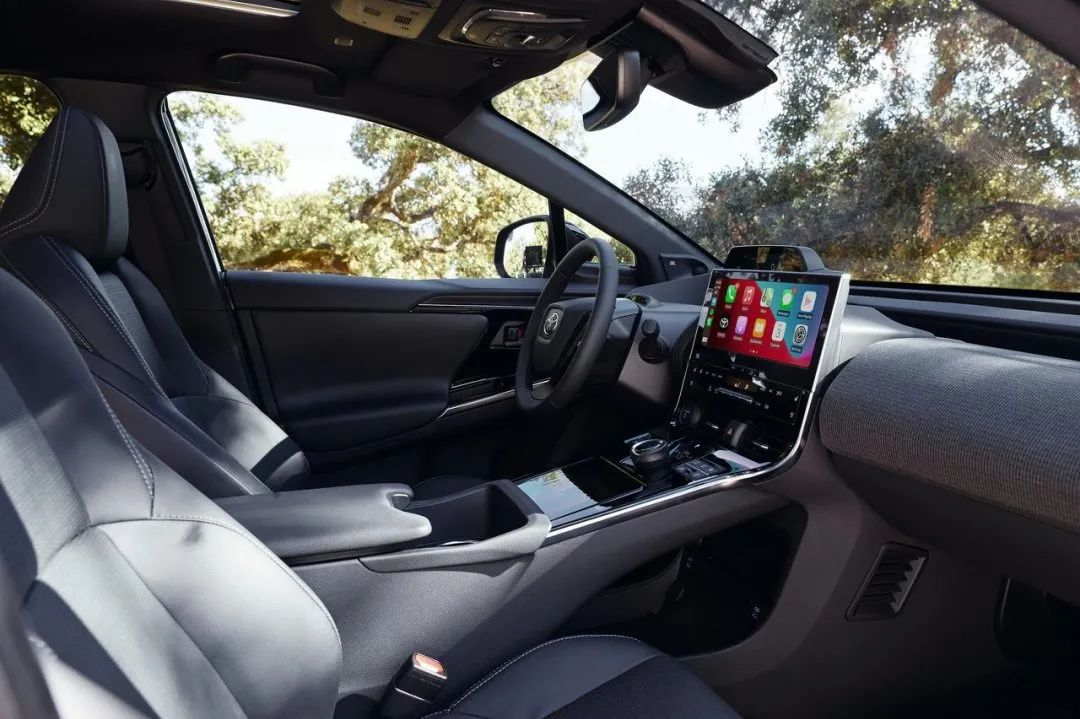
In addition, the bZ4X also provides a single pedal mode, which allows the driver to control the vehicle’s movement only through the throttle pedal. The energy supplement method of carrying a solar charging panel while walking, which many netizens have thought of, has also been realized by Toyota. The bZ4X can be equipped with a solar panel on the roof, which can charge the battery while driving. According to Toyota’s calculations, the annual power generation of this solar panel can provide a range of 1800 km, which also effectively improves the vehicle’s endurance.
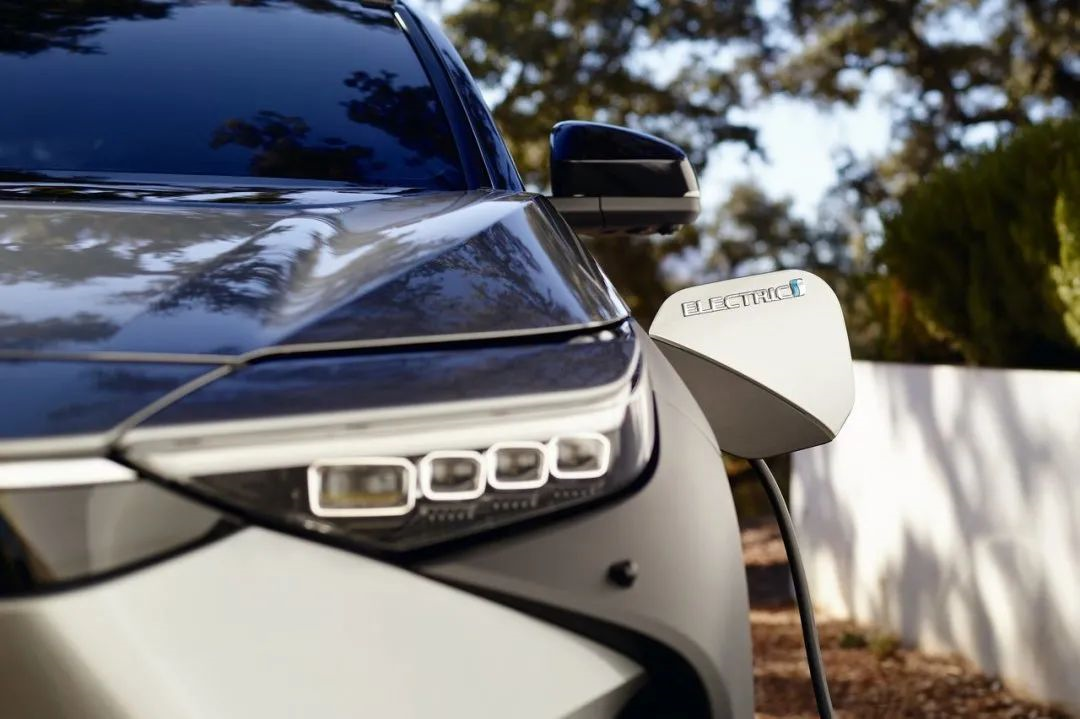
Speaking of the speed of large car companies’ transformation, Volkswagen can be said to be the fastest. They have already provided multiple sincere pure electric car models to the domestic market. Honda’s speed is slightly behind, but their electrification strategy shows that Honda is about to accelerate their electrification process. As for Toyota, they are also actively promoting product development and production.
According to previous news, the bZ4X may officially enter the domestic market next year. Will everyone consider this Toyota-manufactured pure electric SUV at that time?
This article is a translation by ChatGPT of a Chinese report from 42HOW. If you have any questions about it, please email bd@42how.com.
